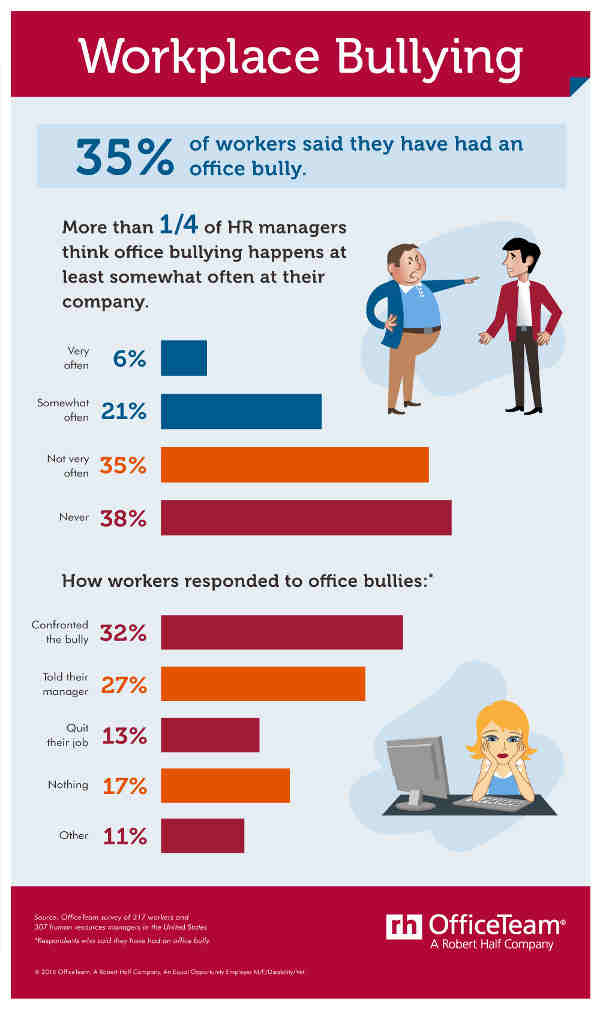How Social Networks Help You Retain Workers
Attrition rate continues to remain a worry for businesses across industry. There are many initiatives that companies have launched to check attrition.
By S M Nafay Kumail
Methods such as reward and recognition, identifying people who could go the resignation way through various kinds of systems that send warning signal to HR and Operations, attrition targets (not to exceed a certain percentage) for project managers, career management and other similar initiatives have now been institutionalized.
These methods have met with varying degree of success and continue to be regarded as crucial. Along with these systemic methods where empirical data is used to check the health of company from the people management perspective, we should now look at some rather ‘social’ and ‘networking’ ways of managing people and attrition.
The desire to connect and share has never been as it is today. With social networking becoming the norm and social media becoming ubiquitous as it has, companies and institutes should shun the apprehensions and create in-house social networks for it makes employee ‘meaningfully’ connect with each other. These in-house social networks will help retain employee in two distinct ways.
[ Also Read: 10 Things Workers Want to See on Social Media ]Firstly, the young workforce moves and thinks in groups and people love to work where they have formed deep relationships. In-house social networks play a big role in creating these meaningful connections, associations and relationships.
It also provides unique, simple and smart space for social expression within the organization. CXOs should take note of this change and realize that people do it anyway and often share problems they face at work and ask for a solution in the wider open web. Now if you can’t stop people from doing that why not use the opportunity by providing a social platform of your own and derive benefits that it offers.
[ Also Read: CIOs – Chief Information (or Ignorant) Officers? ]Secondly, in-house social network will not just increase the social interaction and form deeper relationships among people; it will also generate a body of knowledge around various topics and subjects that people discuss across the ecosystem.
This, if managed well, will turn into a huge and evolving corporate institutional memory. There are solutions already in the market that offer these features and more. Also, information people can’t find within the organization can be pulled in using the external search engines.
If people start to communicate better, help each other solve problems and learn from each other within the boundaries of an in-house social network, it will add to their overall learning. And learning, which often gets ignored as it is still seen as something to do with training by most corporate leaders, is the second most important factor influencing retention after salary.
[ Also Read: 5 Reasons to Say Goodbye to PR Worker ]Hence, social software and in-house social network is an effective retention tool in the wake of high attrition rate across the industry. There are many companies taking this path. But it is yet to become a trend and the solutions being offered often lack comprehensiveness and agility, and people lose interest when they don’t get what they expect from a social network.
The IT heads and CTOs are stuck with a host of legacy software solutions that fail to match up to the benefits offered by the Enterprise 2.0 and other social computing technologies. A lurking fear of social media also sometimes plays heavily on the minds of business leaders.
This should go. We should also be very careful not to confuse the required social software solution with sundry intranet groups and platforms that we see in companies today.
S M Nafay Kumail (pictured above) is co-founder, Kreeo (i-nable Solutions), an Enterprise 2.0 technology company & co-author of ‘e-Learning: An Expression of the Knowledge Economy’ (Tata-McGraw-Hill).
[ Also Read: Thought Leaders Invited to Write for RMN News Site ]






